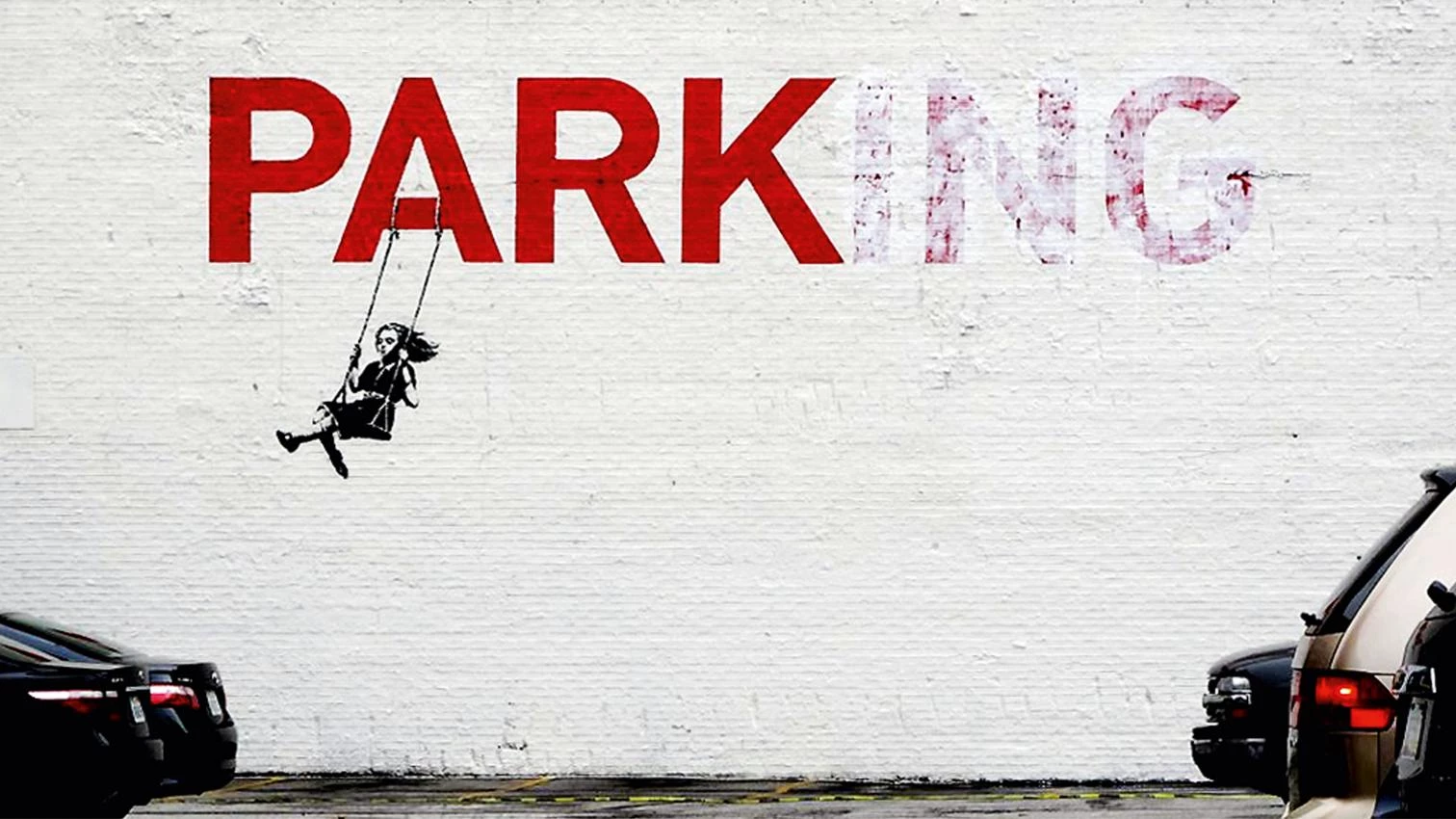
During times when urban planning often seems bound to arbitrary actions and scandals, it is common to uphold collective interests as a key icon upon which to base the recovery of a lost legitimacy.
Certainly traditional planning has rested, over the principle of public primacy, on building the city, and as a collateral effect, on acknowledging the technical capacity of urban planners to define and formulate the most adequate strategies for satisfying general interests, without allowing proposals to be mediatized by the class or cultural stature of the experts involved.
Urban planning claimed for itself the capacity to predict the consequences of its actions, although this apparent objectivity concealed a biased perspective coming from the social group of middle-class males that planners usually came from.
The complexity of current societies gives greater visibility to failures to understand urbanism as simply the technical expression of a single general interest. There is increasing evidence of the leading role of politics, and political representatives, in urbanistic decision processes. More and more, public intervention on the city and territory is carried out outside the formal context of traditional planning. Add to this the appearance of new sources of urbanistic reflection, in social contexts removed from the technical legitimacy of architects and planners.
The situation is not altogether new. In the 1960s, activists like Davidoff questioned the political basis of the comprehensive plan from the angle of acknowledgment of the complexity of opposed interests in urban reality. Defensive planning, as they called it, aspired not to express a single voice, but to express the limited but legitimate rationality of groups excluded from urbanistic decisions. Jane Jacobs, for her part, stressed the importance of reflecting on common and ordinary things in the city: “which kinds of streets are safe and which are not; why some parks are wonderful while others are quasi-traps or deadly traps,” questioning, from the angle of the everyday, the absolute supremacy of the view of the techies in charge of planning cities.
At the same time, the perspective of genre expands the questioning of these concepts to the traditional demarcation lines between the personal and the political spheres, advocating acknowledgment of cultural diversity as a key element of modernity and the political nature of the domestic, and evidencing the classist bias hidden behind the apparent neutrality of language. An example is criticism of the expressions ‘dormitory town’ or ‘dormitory suburbs,’ terms commonly used in urbanistic literature to refer to the residential expansions that depend on metropolitan centers where services and employment are concentrated. Such a concept is ambiguous to the extent that such a city is only a dormitory for working adults, but never for children, elderly people, and adults who work at or from home (a group mainly composed of women).
In this new social reality, the most important challenge for current urbanism lies in a capacity to express a common way of understanding problems in a context of social and cultural diversity. From this perspective, planning would gain a new power as a tool for generating public debate and social learning. As a space for potential negotiation and agreement where the urban planner is no longer the spokesperson of an unquestioned rationality, but a communicator and mediator in a process of settling conflicts.





